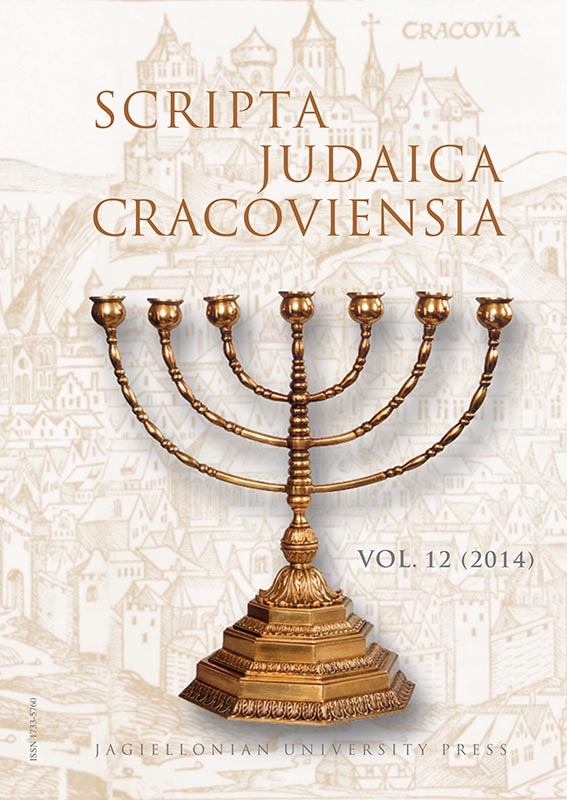The Life and Work of Joseph Roth and the Crisis of Tripartite Identity
The Life and Work of Joseph Roth and the Crisis of Tripartite Identity
Author(s): Dominika RankSubject(s): History, Cultural history, Jewish studies, History of the Holocaust, History of Antisemitism
Published by: Wydawnictwo Uniwersytetu Jagiellońskiego
Keywords: Joseph Roth; tripartite identity; ghetto-literature; Galicia; Austrian-Hungarian Empire
Summary/Abstract: The author attempts to analyze the life and creative work of Joseph Roth within the functioning and crisis of tripartite identity and to construct an oriental ghetto image in his works as a reaction to the social stigmatization of the writer’s Jewish identity.Tripartite identity, the phenomenon which was investigated by Marsha Rozenblit, was spread among Austrian Jews and designated identity in which the Jews of the Austrian-Hungarian Monarchy were Austrian by political loyalty, German or Czech or Polish by cultural affiliation and Jewish in an ethnic sense. This means that Joseph Roth, like many other representatives of the middle city class of Jewish population of the empire, felt comfortable as an Austrian, Jew and German at the same time.Functioning of tripartite identity was possible only in the context of the liberal supranational Austrian-Hungarian Empire. The city of Brody, where the future writer was born, owing to the domination of the Jewish people and their integration in German culture and the Austrian political system, was the last favorable environment in Galicia for the formation of tripartite identity. The growth of nationalism, downfall of the empire, and development of anti-Semitism and Nazism resulted in the fact that Joseph Roth and the other Jews, who identified their civil belonging to the Habsburg monarchy and were representatives of the German culture, felt a crisis of identity. This was characterized by the feeling of connection to a non-existent state – the Austrian empire – as well as the new political system’s denial of the right of a Jew to represent the German culture and, above all, social stigmatization of Jewish religious identity. Religious and ethnic Jewish identity, which had to belong to the private sphere according to the principles of liberalism, was perceived as a central negative characteristic of a person – a stigma.The nostalgia for the lost world, struggle with Nazism and anti-Semitism and reaction to the Jewish identity as a stigma created the special fictitious oriental world of Joseph Roth’s Volhynian and Galician shtetl. Its main features were isolation, being beyond space and time, the principal “difference” of its residents and their spiritual and intellectual superiority over what were in the terms of everyday conditions more civilized western adherents.
Journal: Scripta Judaica Cracoviensia
- Issue Year: 2014
- Issue No: 12
- Page Range: 69-86
- Page Count: 18
- Language: English

